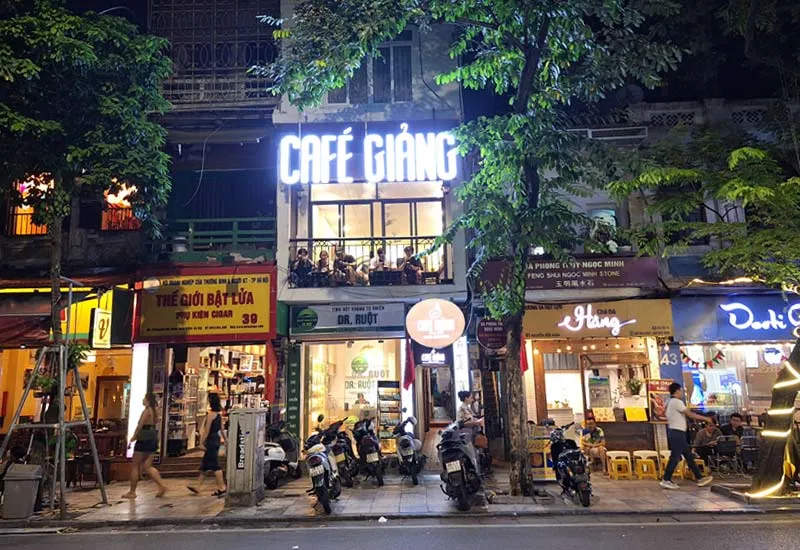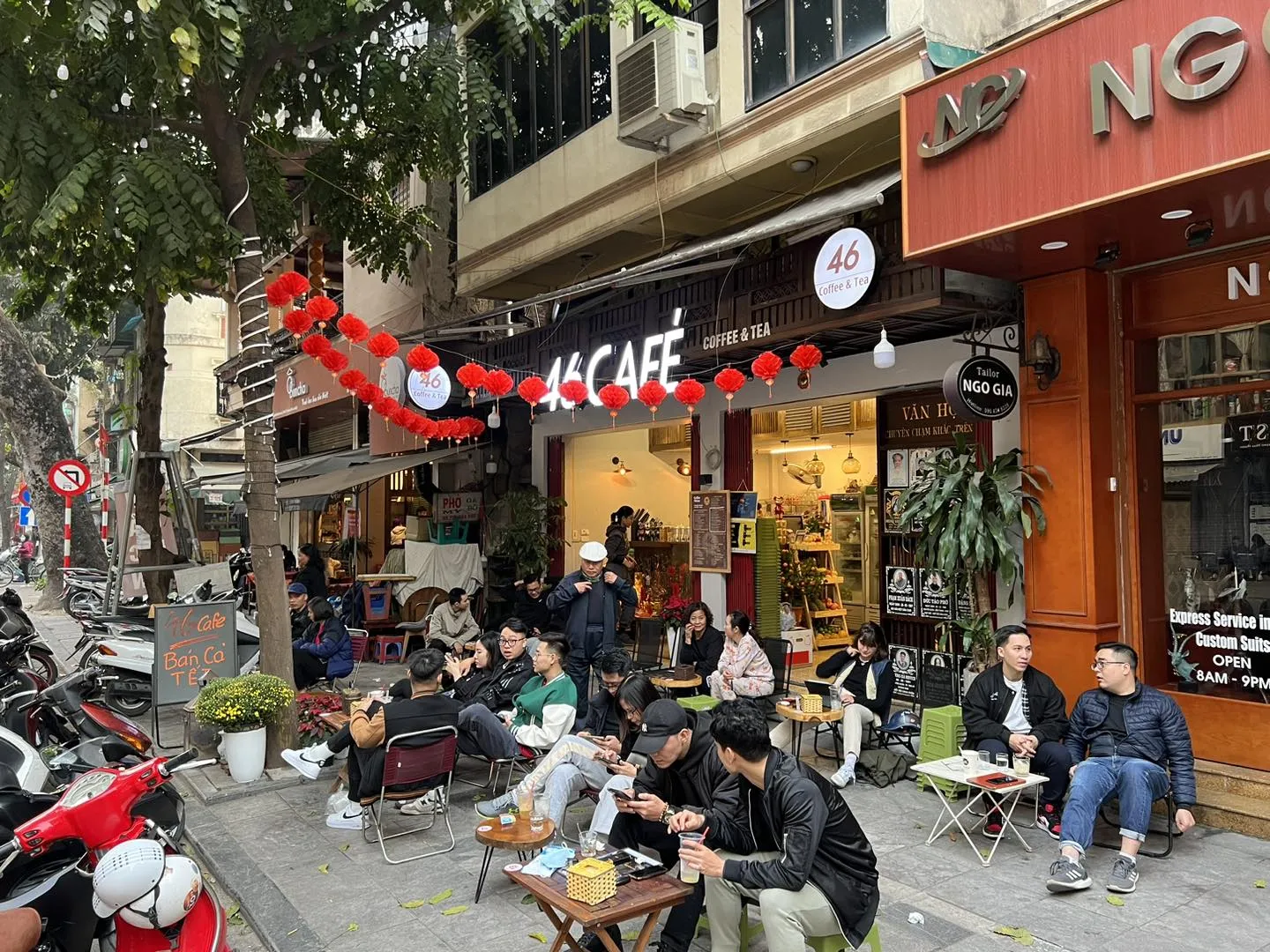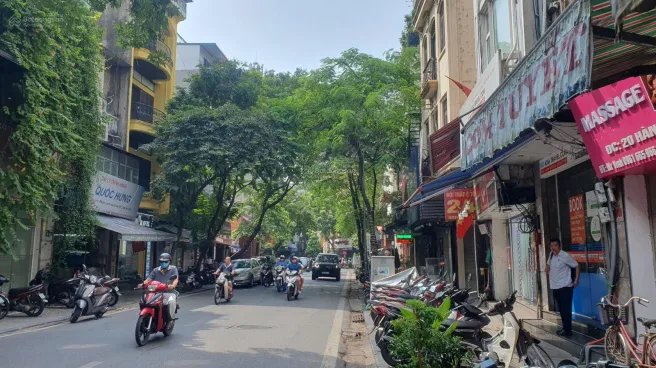Nguyen Huu Huan Street: Unveiling the Stories Behind Its Former Names
Nguyen Huu Huan Street is more than just a thoroughfare; it's a living chronicle of Hanoi's dynamic past. From its colonial-era designation as Rue Paul Bert to its present name honoring a national hero, each title it has borne tells a story of the city's resilience and transformation. Join us as we delve into the captivating history behind the former names of this iconic street, uncovering the layers of cultural and political shifts that have shaped its identity.

Nguyen Huu Huan Street is a living chronicle of Hanoi's dynamic past
Historical Evolution
Nguyen Huu Huan Street, located in Hoan Kiem District (Hanoi), is a thoroughfare rich in history and cultural significance. Spanning approximately 448 meters in length and 12 meters in width, it stretches from Tran Nhat Duat Street to Lo Su Street, intersecting notable roads such as Hang Mam and Hang Thung.
In the 19th century, the area encompassing Nguyen Huu Huan Street was part of several villages: on the eastern side were Trung Thanh Trung Moc Sa, My Loc, and So Trang (collectively known as Ta Tuc); on the western side lay Uu Nhat, Trung Nghia, and Dong An (part of Huu Tuc).

This street is a thoroughfare rich in history and cultural significance
By the mid-19th century, administrative changes led to Ta Tuc being renamed Phuc Lam, with its villages undergoing subsequent mergers and renaming. Similarly, Huu Tuc became Dong Tho, with its constituent villages also merging and adopting new names.
During the French colonial period, the street underwent several name changes: initially called Rue de la Digue, it was later renamed Rue Maréchal Pétain, and subsequently Phan Thanh Gian Street. In June 1964, it was officially designated as Nguyen Huu Huan Street, honoring the patriot from Tiền Giang Province who led resistance efforts against French colonial forces in the 19th century.
Cultural and Historical Landmarks
Nguyen Huu Huan Street is home to several historical sites:
- Uu Nghia Communal House (Đình Ưu Nghĩa): Located at 2A Nguyen Huu Huan, this communal house is dedicated to Nguyễn Trung Ngạn, a prominent official who served as the chief administrator of Thăng Long during the Tran Dynasty.
- Thanh Yen Communal House (Đình Thanh Yên): Situated at 14A Nguyen Huu Huan Alley, it honors two scholars from the village, known by their surnames Vũ and Nguyễn.
- Trang Lau Communal House and Temple: Found at 77 Nguyen Huu Huan, the communal house venerates deities Cao Sơn and Quy Minh, while the adjacent temple is dedicated to Mother Goddess Lieu Hanh.
Additionally, the house at 12 Nguyen Huu Huan served as a clandestine headquarters for the Hanoi Party Committee in 1930, marking its significance in modern Vietnamese history.

Nguyen Huu Huan Street is home to several historical sites
Nguyen Huu Huan: The Patriot Behind the Name
Nguyen Huu Huan, also known as Thủ Khoa Huân, hailed from Tinh Hà Village in Kien Hung District, Đinh Tuong Province (present-day Tien Giang). After achieving top honors in the Gia Định regional examinations in 1832, he was appointed as an educator in his native district. With the onset of French colonial aggression in Southern Vietnam, he emerged as a key leader in the resistance movement. Despite being captured multiple times, Nguyen Huu Huan remained steadfast, continually reorganizing forces to oppose the colonizers until his execution in 1875.

The Patriot Behind the Name Nguyen Huu Huan
Present-Day Significance
Today, Nguyen Huu Huan Street stands as a testament to Hanoi's rich historical tapestry. Beyond its historical landmarks, the street is renowned for its vibrant café culture, offering a blend of traditional and contemporary experiences that attract both locals and visitors alike.

Danish Nguyen
Danish Nguyen is a renowned travel blogger in Vietnam with over 5 years of experience sharing unique travel experiences. With a passion for exploring new places, Danish captures incredible moments and provides readers with valuable tips to discover the beauty of his homeland.


















